If you’ve ever been chin-deep in a burrito and stopped to think, “You know what? This would be so much better if it was deep-fried”, then boy have we got news for you.
Consisting of various fillings wrapped in a flour tortilla and submerged in hot oil, the chimichanga is, for all intents and purposes, a deep-fried burrito – but it is also the pride and joy of Arizona. That’s right, contrary to popular belief, chimichangas aren’t technically a Mexican food. In a tale as old as the US itself, they were born in the USA with immigrant roots.
A True Tex-Mex Treat
Sharing a border with Mexico, much of the American Southwest owes a culinary debt of gratitude to its southern neighbour for an untold number of flavourful influences. Throughout the late 19th and early 20th centuries, Mexican immigrants and Tejanos (Texans of Mexican descent) brought their family recipes with them as they settled in states like Texas, Arizona and New Mexico, where they began incorporating new ingredients like cheddar cheese, beef, cumin and wheat into their traditional dishes. Enchiladas started getting stuffed with ground beef, tacos were being sprinkled with shredded cheese, and burrito fillings were getting rolled up in wheat tortillas. It was the dawn of Tex-Mex cuisine.
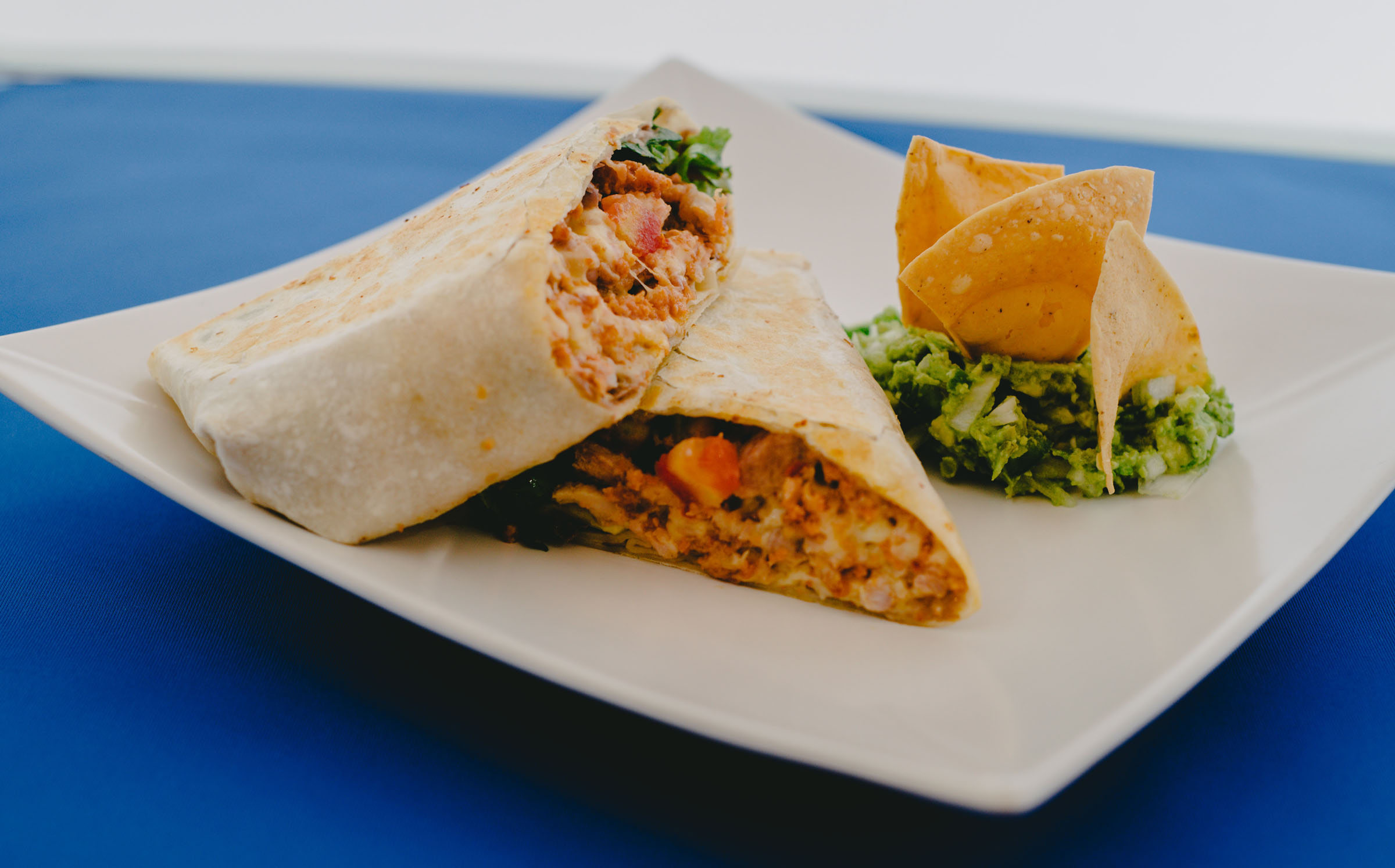
Fast-forward a few decades to the 1950s, and suddenly those wheat tortilla burritos are being served up fried to a crisp in Arizona cities like Tucson and Phoenix. This shouldn’t be surprising – in a region that will deep-fry anything from Twinkies to tiramisu, it was only a matter of time until a burrito found its way into a pot of sizzling oil – but it certainly was tasty. In short order, the new specialty was appearing on restaurant menus throughout the state.
Chimichangas: A Fry-valry
Just who is responsible for all this belly-busting deliciousness has been lost to culinary history. Nevertheless, Tucson and Phoenix each have their own local hero whom they champion as the first to fry up a chimi.
In Tucson it’s the late Monica Flin, who founded her downtown restaurant, El Charro Café, in 1922. According to family lore, Monica was preparing one of her famous ground beef burritos in the early 1950s when she accidentally dropped one into the fryer. The resulting splash of burning oil made her cry out and begin to curse, but as her young nieces and nephews were gathered in the kitchen with her, she quickly censored herself and blurted out the word “chimichanga!”, said to be an equivalent of the English word “thingamajig”.
Meanwhile, in Phoenix, the story goes that Woody Johnson, founder of Macayo’s Mexican Kitchen (then going by the name Woody’s El Nido), created the first chimichanga in 1946, the happy result of one of his many culinary experimentations. In 2011, Johnson’s descendants at Macayo went so far as to spearhead an effort to anoint the chimichanga as the official food of Arizona. Though the petition failed, leaving Arizona without an official dish to this day (you can cook some Apache trout if you’re determined to dine on a state emblem), chimichangas live on in the popular imagination – and on many a plate – as the epitome of Arizona cuisine.
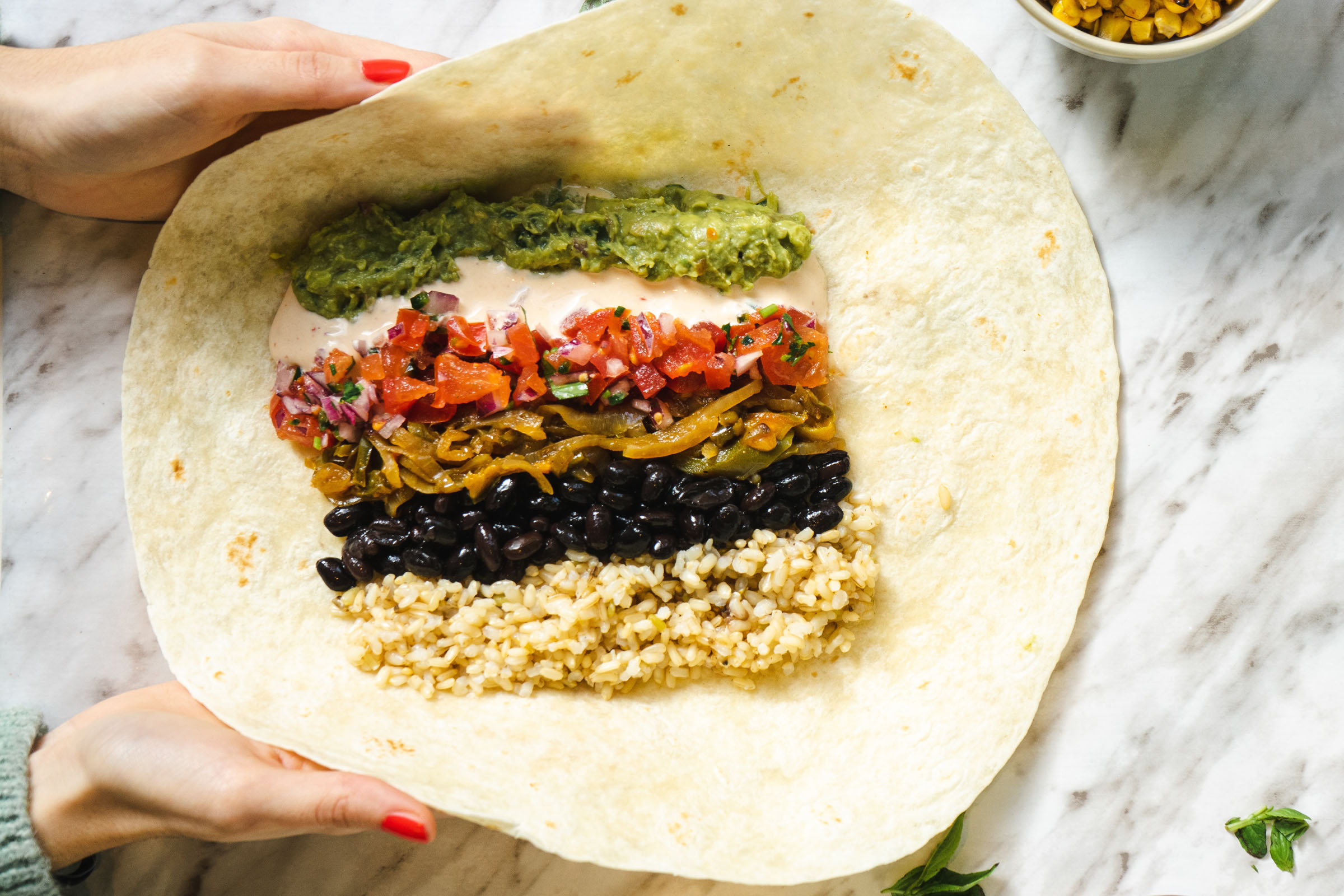
Try A Chimi
Now for the most important question: are chimichangas worth disappointing your doctor? Short of boarding a flight to Arizona and trying chimis at both Macayo and El Churro Café (for research purposes, of course), you could try your hand at making some in your very own kitchen.
As chimichangas are essentially burritos, you’re spoiled for choice when it comes to the flavours and ingredients you can incorporate. Would you like yours meaty with ground beef, a bit lighter with shredded chicken, or fully vegetarian with black beans? Do you prefer the tartness of a sharp cheddar or the creaminess of Monterey Jack? Don’t like rice or onions? Don’t use them!
The stuffings may be up to your discretion, but in order to be a true chimichanga, you must deep-fry your burrito in a pot of shimmering oil and ideally serve it smothered in sauces and condiments like guacamole, sour cream, tomato salsa, enchilada sauce or pico de gallo. Adding a side of queso dip and tortilla chips would not be a Tex-Mex transgression – just don’t tell your cardiologist we told you to.
For a real home cooking adventure, experiment with the below recipe from passionate cook and video creator Omnivorous Adam, who goes so far as to braise his own beef barbacoa and make his flour tortillas from scratch.
Good luck and buen provecho!
Beef Barbacoa Chimichangas
For The Beef Barbacoa
1.3 to 1.8 kg Beef Chuck Roast
3 dried Guajillo Chiles, seeded and torn into pieces
2 dried Ancho Chiles, seeded and torn into pieces
2 dried Chipotle Chiles, seeded and torn into pieces
4 Garlic Cloves
948 ml Beef Stock
131 g Tomato Puree
2 g ground Allspice
1 g dried Oregano
44.36 ml Red Wine Vinegar
12 g Kosher Salt
1 stick of Cinnamon
3 Bay Leaves
For The Flour Tortillas
680g All-purpose Flour
100g Lard
7g Kosher Salt
360g Water, warm (about 90F)
For The Final Chimichangas
Flour Tortillas (from recipe)
Beef Barbacoa (from recipe)
227 g Colby Cheese, cut into batons
227 g Monterey Jack Cheese, cut into batons
Neutral Oil for frying
To Serve
Romaine Lettuce, shredded
Black olives, sliced thin
Tomato, seeded and diced
Avocado, sliced thin
Mexican Crema
Lime Wedges
Make The Beef Barbacoa
1. Preheat the oven to 250F.
2. Bring the stock to a boil, then turn off the heat and pour the stock into a blender. Add the torn chiles and garlic then cover. Let the mixture steep for 15-20 minutes, or until the chiles have softened.
3. Add the red wine vinegar, dried oregano, cinnamon, allspice and tomato puree. Blitz into a thin puree. Taste and adjust seasoning with more salt or vinegar if need be.
In a large Dutch oven over high heat, sear the beef chuck until richly brown and caramelised, then pour over the chilli braising liquid from the blender. Add the cinnamon stick and bay leaves, then braise the beef.
4. If using a regular pot or Dutch oven, braise with the lid on, for 2-3 hours, or until you can easily shred the meat with a fork. If using a pressure cooker, cover the braise and place over a burner over high heat. Allow the braise to rise up to full pressure, then lower the heat to medium and hold the braise at high pressure for 1 hour and 15 minutes. Cut the heat and carefully release the pressure with a wooden spoon.
5. Remove the beef from the pot and let cool slightly. Take the beef out of the braising liquid and shred it with a fork then set it aside. Optionally, do this step ahead and let the beef rest in the braising liquid overnight for more flavour, but make sure the beef is drained before folding burritos.
Make The Flour Tortillas
1. In a large bowl, work the fat into the flour with your fingers until incorporated like pie dough. Make a well in the centre of the bowl. Dissolve salt into the water then pour it into the well and work it into the flour by hand. Work the dough until it comes together, then dump it onto the counter and knead until smooth.
2. Divide the dough into 6 portions, set them covered on a plate and let rest for 30 minutes.
3. With flour as needed, roll out the little balls to 14 inches with a rolling pin. Heat a large, wide, ungreased pan or tray over medium heat and cook the tortillas for 20-30 seconds, flip and repeat on the other side. Don’t overcook the tortillas or they’ll become crispy.
Prepare The Final Chimichangas
1. Lay a flour tortilla on a clean work surface and spoon in some beef strained barbacoa followed by a piece of Colby and Monterey cheese, topped with more beef. Wrap the burrito tightly into a flat rectangular shape similar to a pizza pocket, secure with wooden toothpicks, then set it on a baking sheet while you roll the remaining burritos.
2. Bring the oil to 375F and fry the burritos, two-three at a time, until crisp and golden brown. Remove from the oil, let rest while you fry the remaining burritos and fry a second time for an extra crispy Chimichanga. Drain the finished burritos on a wire rack or paper towel-lined plate.
3. Serve with shredded lettuce, diced tomatoes, black olives and a zigzag of fresh Mexican crema. Avocado wedge not optional.
Recipe from Omnivorous Adam

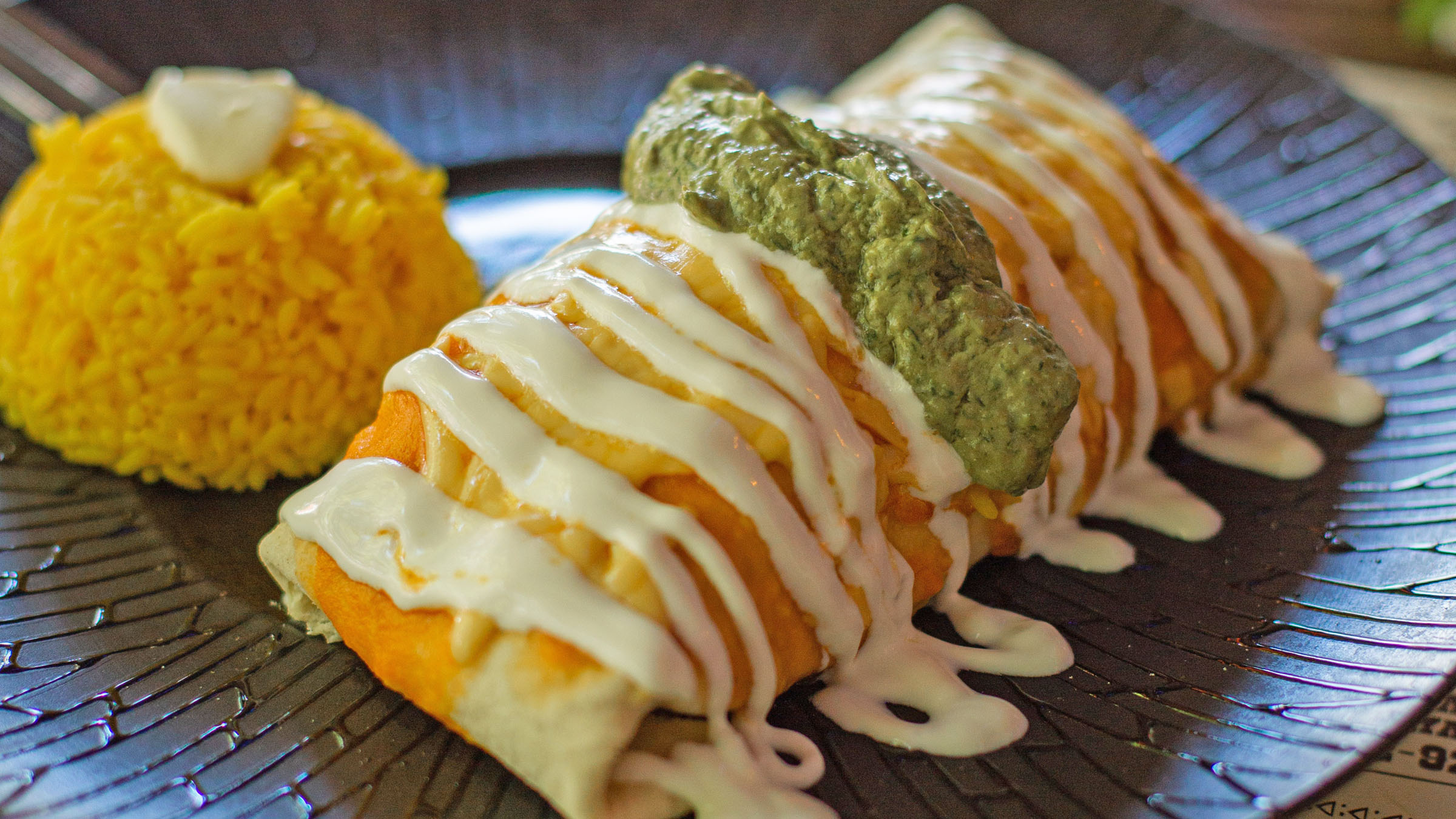

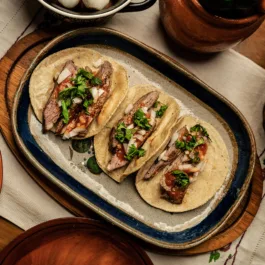
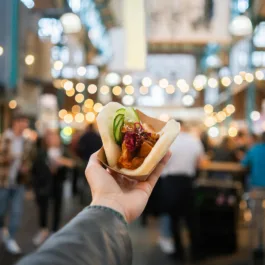
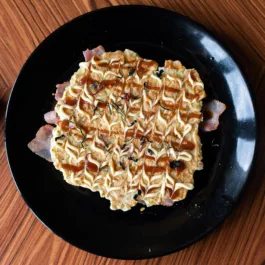
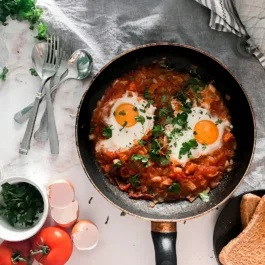
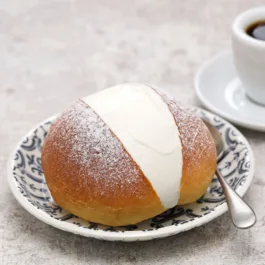
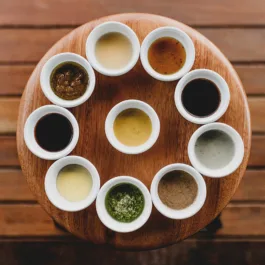

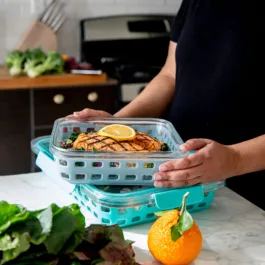
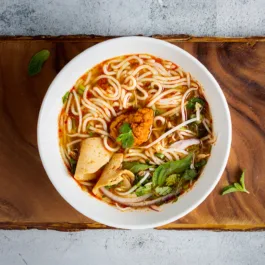
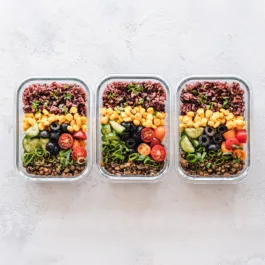
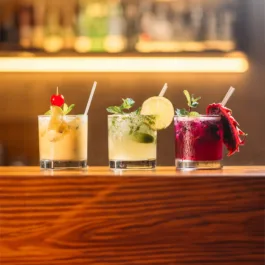
Sorry, the comment form is closed at this time.